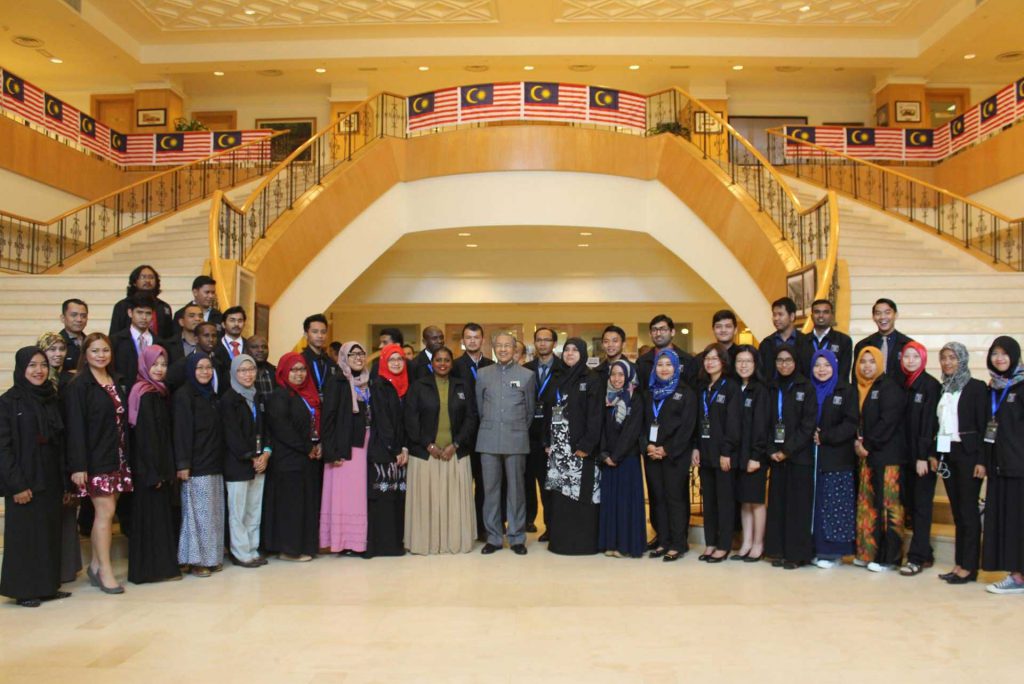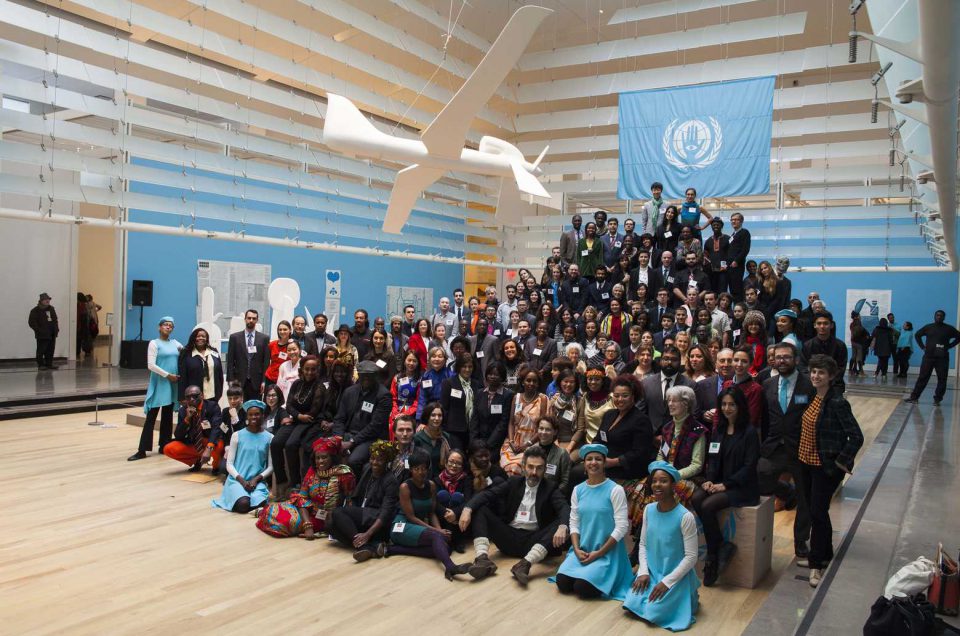This is how the Global Peace Index 2018 sees the world: the greener the country is on the map, the higher the country is rated in terms of peaceableness. Red marked is the countries with bad values.
Each year, the Institute for Economics and Peace (IEP) compiles the Global Peace Index, which ranks 163 countries of how peaceful or unpeaceful they are. Among the top ten are again six European countries. The result at a glance:

Where is peace, where is war, where is it going? The Global Peace Index (GPI), presented by the Institute for Economics and Peace (IEP) since 2007, provides answers to these questions – and an overview of the current state of the world.
But how do you measure peace? It is based on 23 qualitative and quantitative single indicators, which give a score for each country. The lower, the more peaceful the state is. These points are then used to compare the 163 countries. According to the IEP, the indicators measure, inter alia, “the degree of security in society”, “the extent of national or international conflicts” and “the degree of militarization”.
For example, solid institutions, a well-functioning government, freedom of the press, low corruption rates, and a business-friendly environment are considered pillars of peace or peacefulness.
The most important results of the Global Peace Index 2018:
- Iceland, which has no army of its own, retains its status as the most peaceful country in the world since 2008.

- Europe is also the most peaceful region in the world in the 2018 GPI: in the top ten, there are six European countries. The year before, eight European countries were still in the top ten. Slovenia and Switzerland slipped to eleventh and twelve.
- Overall, however, Europe has become less peaceful, which according to the report goes back to terrorist attacks, the refugee crisis and a decreasing sense of security among the citizens. Nevertheless, 25 out of 36 European countries are represented in the top 50.
- The civil war-torn Syria and Afghanistan remain the least peaceful nations on earth.
- After 16th place in 2016 and 2017, Germany slipped one place this year and finished 17th.
- The US has slipped further – from 114th place to 121st.
- The Middle East and North Africa are again regions most affected by conflict and violence.
- Overall, 71 countries have become more peaceful compared to the previous year, but 92 have deteriorated – more than since 2010. Overall, the world has become less peaceful. This goes along with the general trend – for four years, the peacefulness is steadily decreasing.
Iceland is a popular destination and has been the most peaceful country in the world for ten years
The 20 most peaceful countries at a glance
1. Iceland (placement in 2017: 1)
2. New Zealand (2)
3. Austria (4)
4. Portugal (3)
5. Denmark (5)
6. Canada (8)
7. Czech Republic (6)
8. Singapore (21)
9. Japan (11)
10. Ireland (10)
11. Slovenia (7)
12. Switzerland (9)
13. Australia (12)
14. Sweden (18)
15. Finland (17)
16. Norway (14)
17. Germany (16)
18. Hungary (15)
19. Bhutan (13)
20. Mauritius (22)

The 10 least peaceful countries in the Global Peace Index 2018
148. Nigeria (Placement in 2017: 149)
149. Turkey (146)
150th North Korea (150)
151. Pakistan (152)
152. Ukraine (154)
153. Sudan (155)
154. Russia (151)
155. Central African Republic (155)
156. Democratic Republic of the Congo (153)
157. Libya (157)
158. Yemen (159)
159. Somalia (158)
160. Iraq (161)
161. South Sudan (160)
162. Afghanistan (162)
163. Syria (163)
